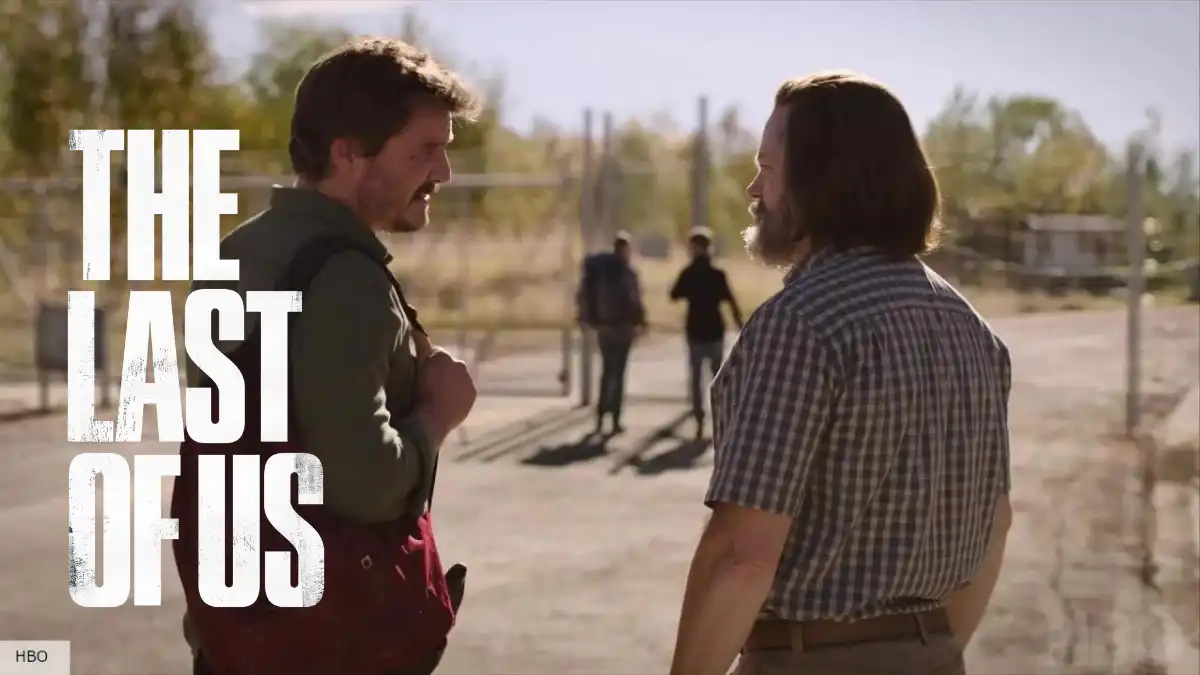The Last of Us episode 3 review: The first major departure from the game and it’s simply spectacular
The third episode titled Long, Long Time is arguably one of the best hours of television produced in recent years.
Jan 30, 2023

The Last of Us
Story: As Joel and Ellie continue on their journey west of Boston, the narrative shifts towards the hosts of their destination — Bill and Frank. The story follows Bill from the day of the outbreak in 2003 to meeting Frank a few years later, and then finally to the present day after having lived together for two decades.
Review: HBO’s ability to produce some of the best TV episodes is unrivalled. From episodes in Game of Thrones, True Detective, The Sopranos, The Wire, Chernobyl, and many more, the American studio is the gold standard when it comes to compelling content on television. The Last of Us is making its case to join the illustrious company of the aforementioned titles as it continues to get better with each stellar episode. With just three episodes into the first season, the series is an early contender for several Emmys and Golden Globes.
The first two episodes largely stayed close to the source material, apart from a few additional scenes that added more depth and context to the story. A few identical scenes and dialogues from the game were thrown in as well to the delight of the video game fans. But the third episode is the first major departure from the video game — both in terms of character arcs and overall storyline. The character of Bill in the game is played by a popular TV actor W. Earl Brown, whose version is more paranoid, brash, and far less sophisticated than the new version essayed on TV. Whereas Frank is only referenced and never actually shown in the game.
For the live-action adaptation the iconic Nick Offerman from Parks and Recreation essays the role of Bill. However, despite sharing a few similar traits to his video game counterpart, Offerman’s Bill is a very suave and sophisticated human being with a taste for the finer things in life. He enjoys a glass of expensive red wine for dinner and is also an excellent pianist. Whereas Frank, played by the Emmy Award-winning Murray Bartlett from The White Lotus, is an interesting new addition to the story. Unlike in the game where Bill and Frank are depicted as lovers who separated, the TV series has dedicated an entire episode to their committed relationship in a post-apocalyptic dystopia. It is undoubtedly the most profound and compelling depiction of a gay relationship since the hit Schitt’s Creek.
This deviation in the story is certainly a significant upgrade to Bill’s arc when compared to the game. However, it has denied the audience a scene which would have featured a hilarious back-and-forth argument between Bill and Ellie — a scene that is significant to Ellie’s character development. In the TV series, creators Craig Mazin and Neil Druckmann have successfully explored other avenues to establish Ellie’s character. There is also further insight given into the relationship between Joel and Tess through flashbacks.
The idea that “if it ain’t broke, don’t fix it” is challenged here. Because the creators have taken an excellent storyline and made it significantly better. The episode is deeply emotional and heartbreaking, and the writing is on par with some of the best TV episodes ever created. The central theme of the episode is love and how it is a powerful emotion that compels people to take extreme measures. This could be a recurring theme over the course of seasons one and two of The Last of Us.
Verdict: The Last of Us deserves all the plaudits that are being showered on it right now, as it is a cut above any other ongoing TV show. Meanwhile, Pedro Pascal and Bella Ramsey continue to vindicate HBO’s decision to cast them in the lead roles with each episode.
Share